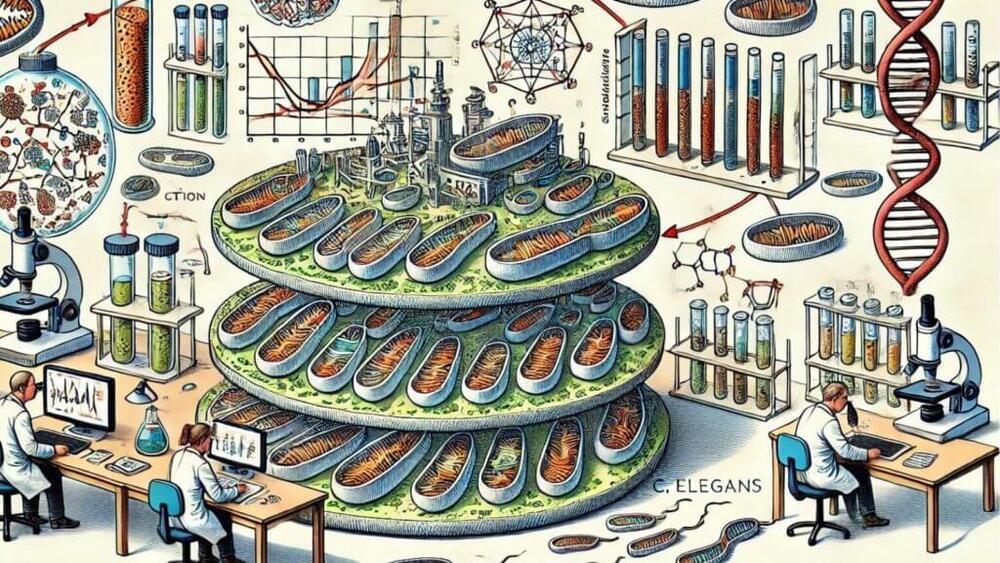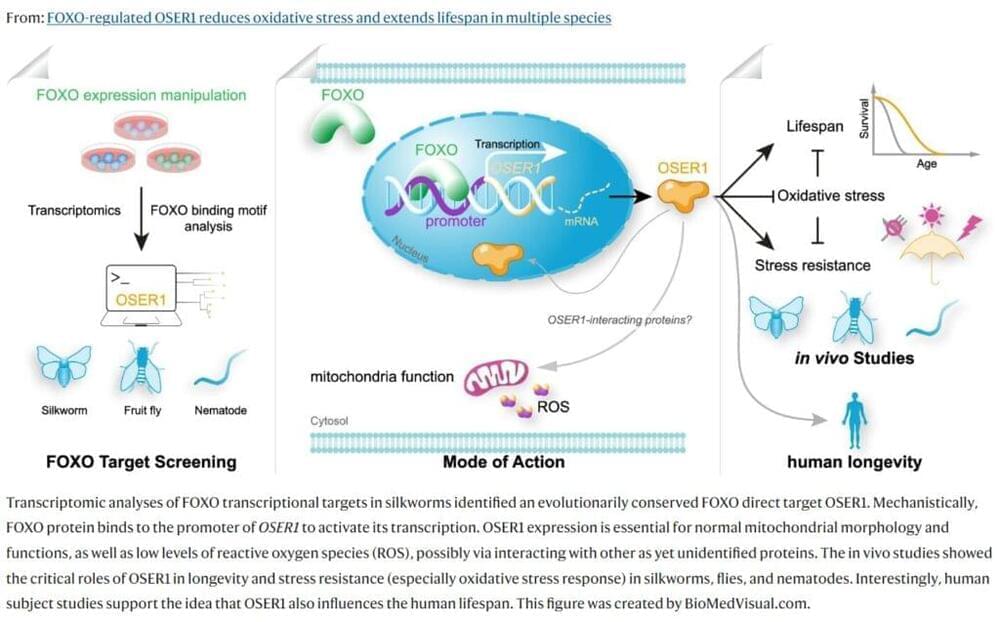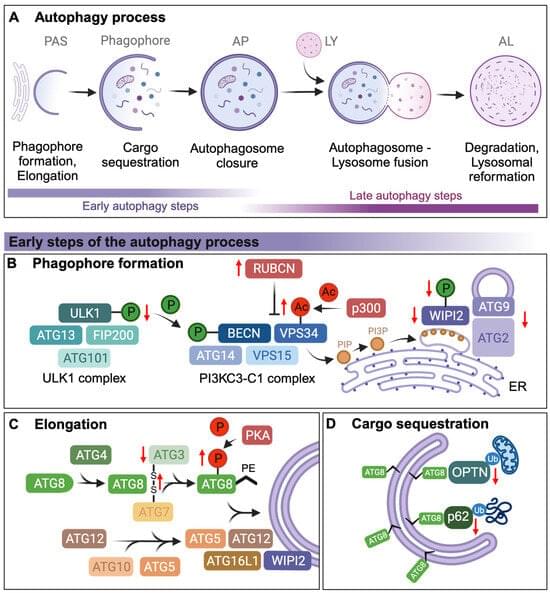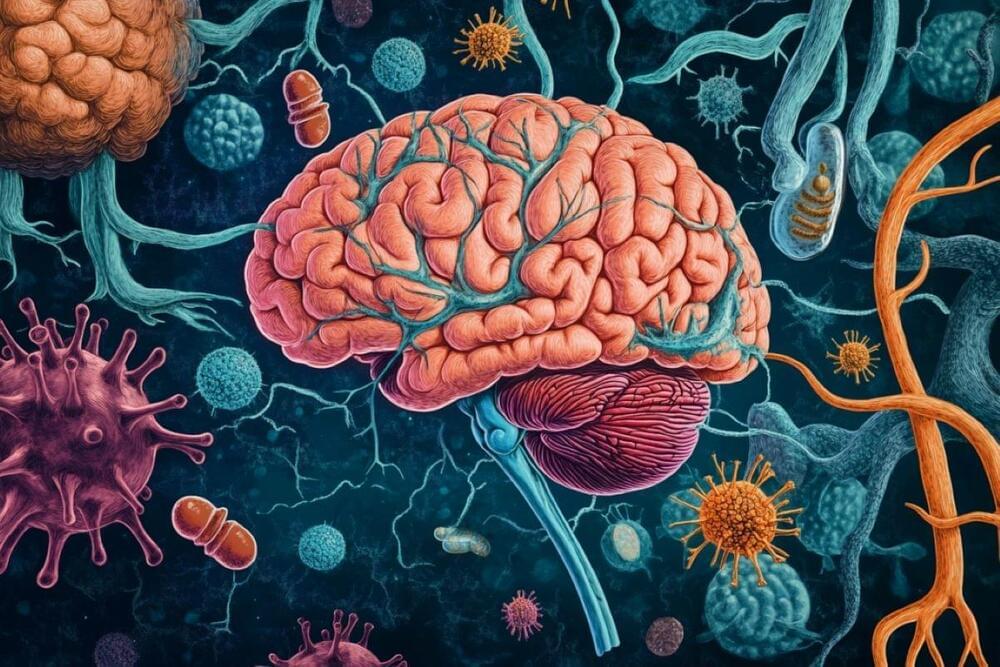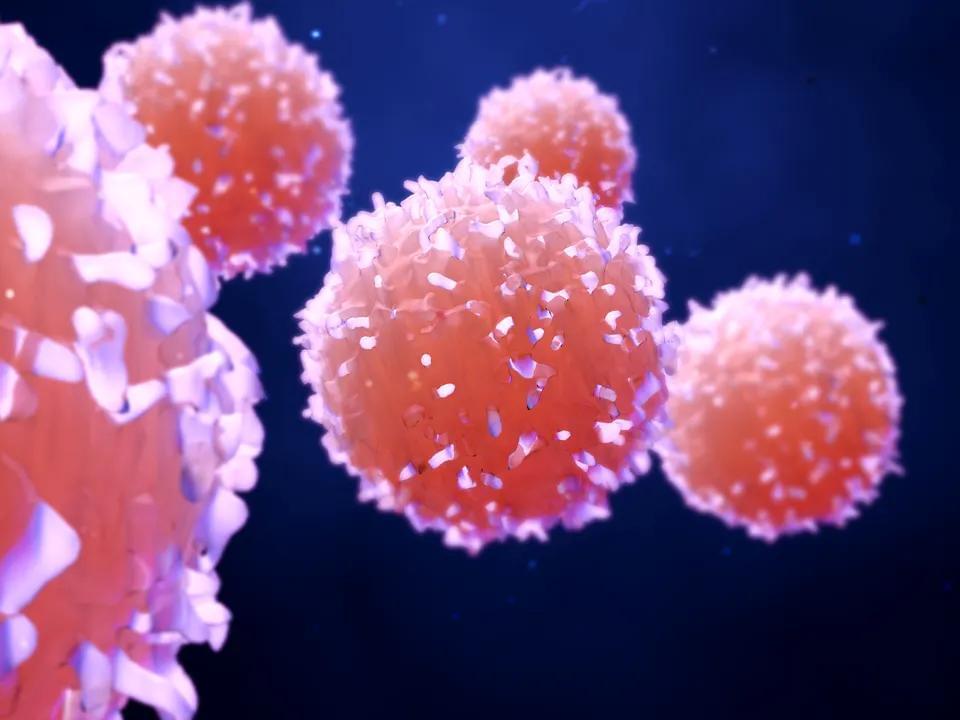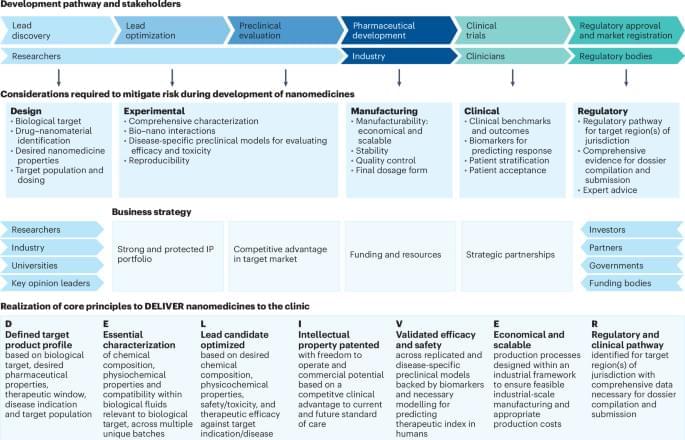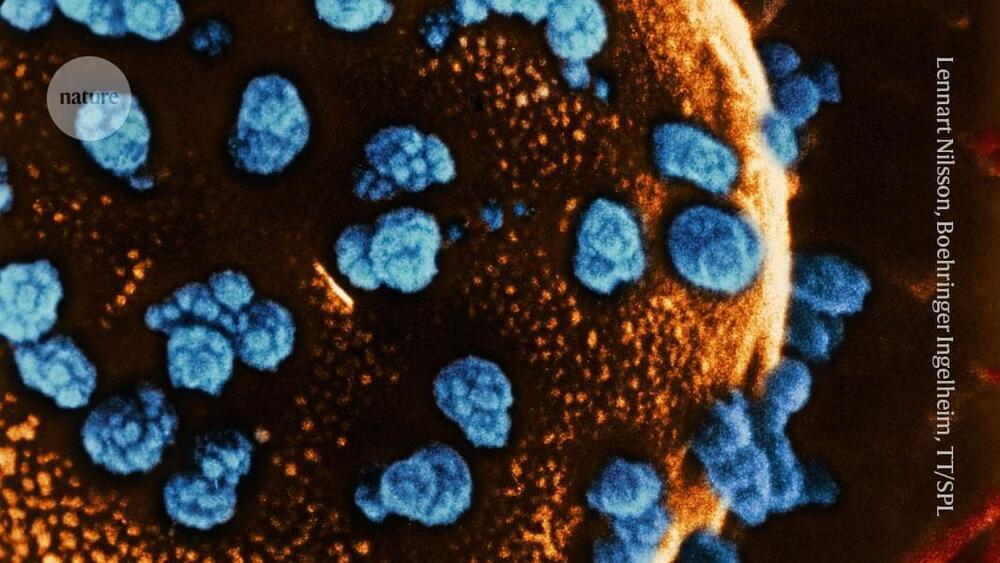Vanderbilt University researchers, led by alumnus Bryan Gitschlag, have uncovered groundbreaking insights into the evolution of mitochondrial DNA (mtDNA). In their paper in Nature Communications titled “Multiple distinct evolutionary mechanisms govern the dynamics of selfish mitochondrial genomes in Caenorhabditis elegans,” the team reveals how selfish mtDNA, which can reduce the fitness of its host, manages to persist within cells through aggressive competition or by avoiding traditional selection pressures. The study combines mathematical models and experiments to explain the coexistence of selfish and cooperative mtDNA within the cell, offering new insights into the complex evolutionary dynamics of these essential cellular components.
Gitschlag, an alumnus of Vanderbilt University, conducted the research while in the lab of Maulik Patel, assistant professor of biological sciences. He is now a postdoctoral researcher at Cold Spring Harbor Laboratory in David McCandlish’s lab. Gitschlag collaborated closely with fellow Patel Lab members, including James Held, a recent PhD graduate, and Claudia Pereira, a former staff member of the lab.
